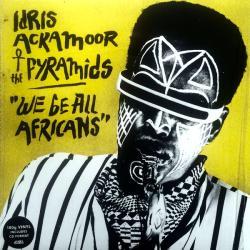Description
Reissue Cut from the Original Analog Masters by Kevin Gray at Cohearent Audio
Few musicians have embodied the romantic – and ultimately tragic – jazz figure as totally as Chet Baker. Unschooled yet eloquent in his music, and a fast-liver who survived for nearly six decades, the Baker mystique has only reinforced one of the most haunting trumpet styles and ingenious approaches to jazz singing. The Los Angeles-based musician rose to fame in the early ’50s, playing with established artists like Charlie Parker, Gerry Mulligan and pianist Russ Freeman – partnerships which would solidify his status as a major jazz star. By the end of the decade, when he signed a four-album deal with the New York-based label Riverside, Baker had become known for his trademark West Coast “cool jazz” style. However, these recordings – which paired the artist with some of the best East Coast players – demonstrate Baker’s versatility as a modern trumpeter who could play with even the hardest boppers.
Though Baker was by the late 1950s known as much for his singing as his trumpet playing, 1959’s Chet (subtitled The Lyrical Trumpet of Chet Baker) is an entirely instrumental affair featuring nine standard ballads played in the styles of hard bop to cool jazz. Flanked by an all-star cast that includes pianist Bill Evans, guitarist Kenny Burrell, flutist Herbie Mann and Pepper Adams on the baritone saxophone, Baker absolutely shines throughout in his languid and tuneful approach to tracks like “Alone Together,” “It Never Entered My Mind” and “September Song.” All About Jazz called the album, “A session that allows the trumpeter to take his introspective time, encouraged by Evans’ spare accompaniment to transform these standards into vibrant, impressionistic etchings.”





